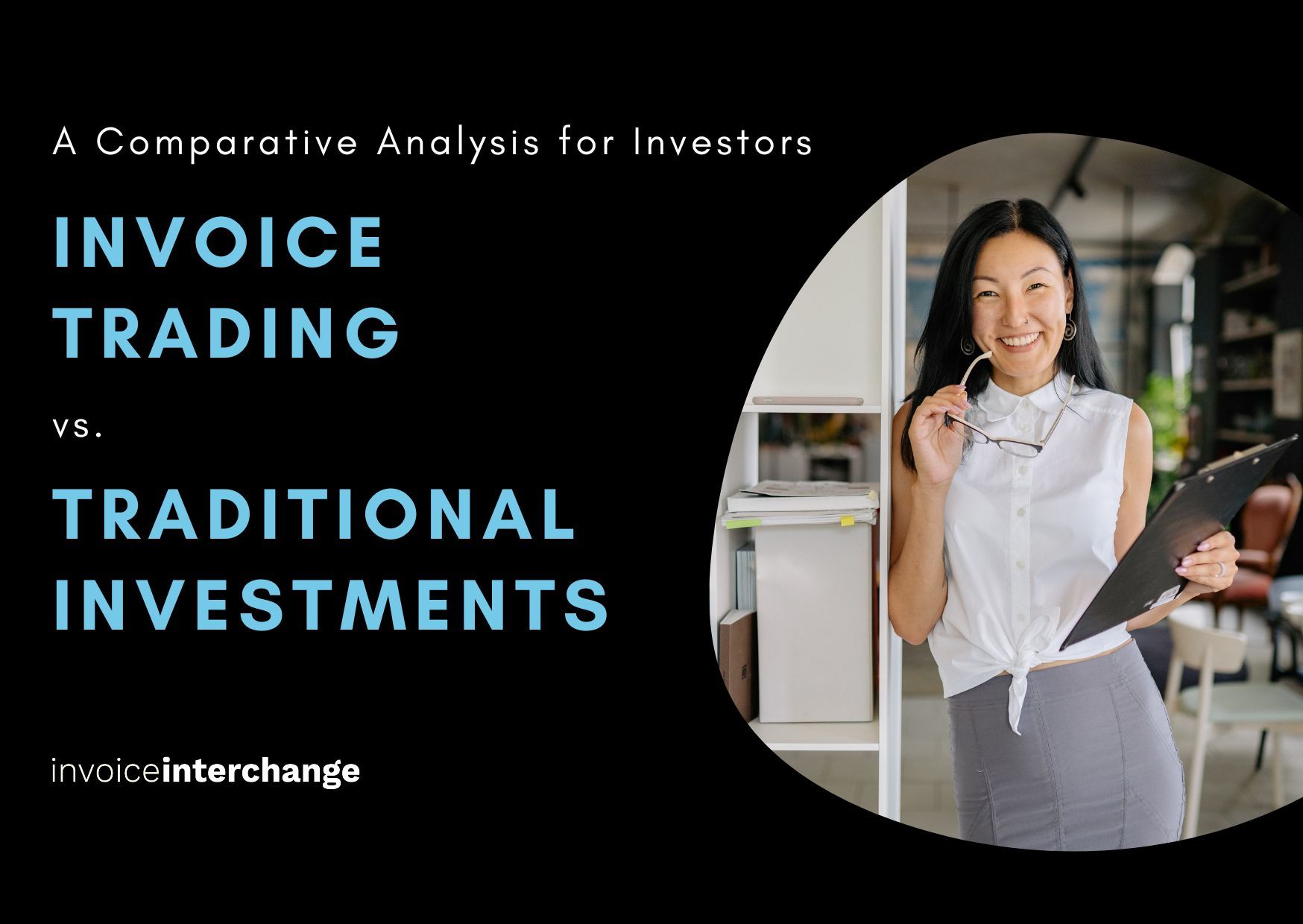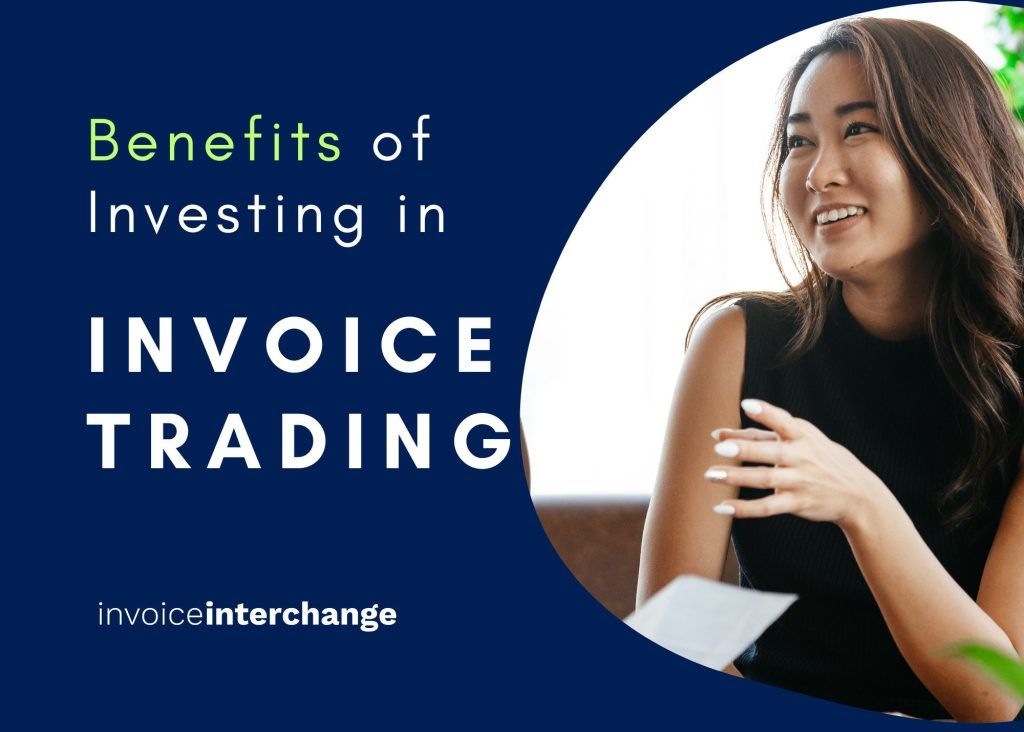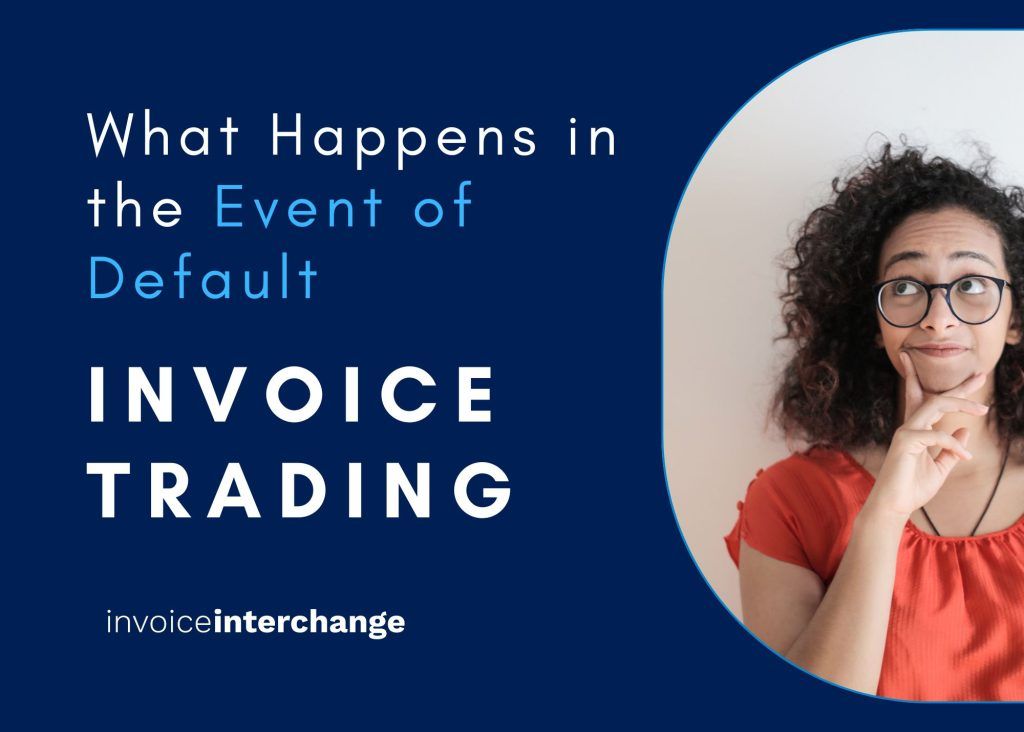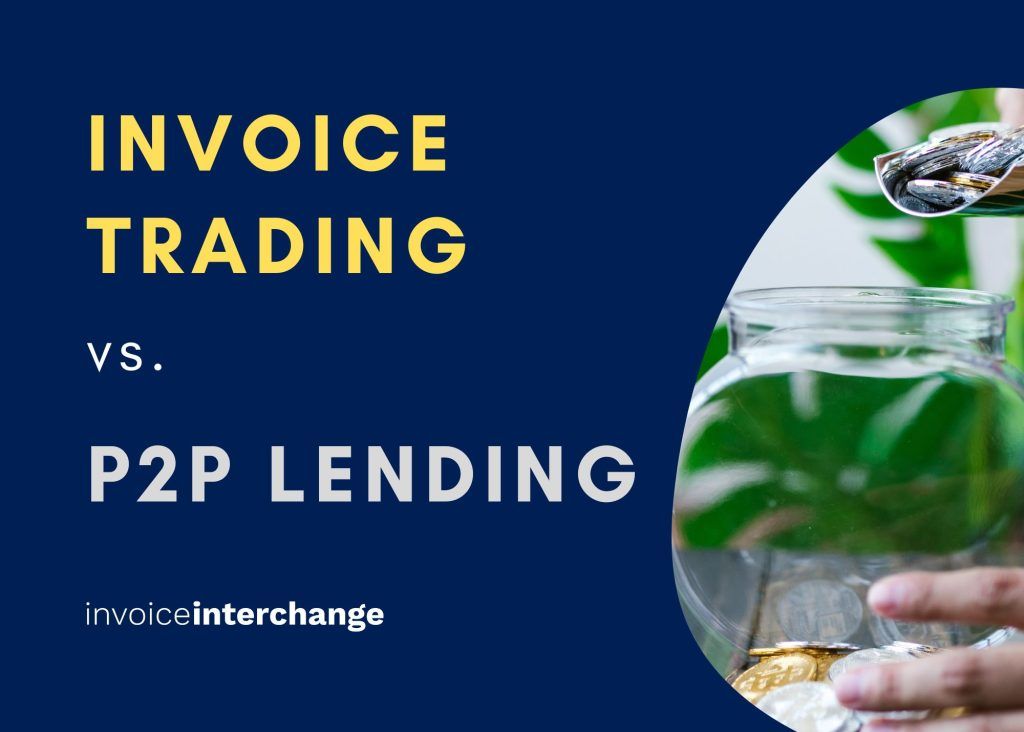Invoice trading and peer-to-peer (P2P) lending are two alternative investment options that have gained popularity in recent years. While they share some similarities, there are also significant differences between the two. In this article, we’ll compare invoice trading and P2P lending and explore the benefits and drawbacks of each.
Invoice Trading
Invoice trading, also known as invoice financing, is a type of investment that involves buying and selling unpaid invoices. Companies sell their unpaid invoices to a third party, known as the invoice trader or factoring company, for a fee. The invoice trader advances a portion of the invoice value to the company, typically around 80-90%, and collects the full payment from the customer when the invoice becomes due. Invoice trading platforms allow investors to purchase these unpaid invoices and earn a return when the invoice is paid in full.
Benefits of Invoice Trading
Predictable cash flow
Investors in invoice trading receive a predictable cash flow as the invoice value and payment date are predetermined.
Low correlation with other asset classes
Invoice trading can have a low correlation with other asset classes, making it a valuable addition to a diversified investment portfolio.
Potential for higher returns
Invoice trading can offer higher returns compared to other fixed-income assets such as bonds.
We have also put together a more detailed article on the benefits of investing in invoice trading here.
Drawbacks of Invoice Trading
Risk of default
There is a risk of default by the obligor (debtor) who owes payment towards the traded invoices, which can result in the investor losing some or all of their investment. However, most invoice finance platforms only take on high-quality invoices, for example, invoices that are issued to MNCs, listed companies or government agencies. This reduces the risk of non-payment significantly.
Liquidity
Invoice trading is a relatively liquid investment, as invoices are usually financed on 30, 60 or 90 day terms. Investors must wait for the invoice to be paid in full before they can receive their investment back. There can be situations where the obligor (debtor) makes part payments toward the full settlement of the invoice. In such cases, the investor’s platform account is credited with these part payments.
Peer-to-Peer Lending
P2P lending, also known as marketplace lending, is a form of lending that allows individuals to lend money directly to borrowers through an online platform. The lending platforms match borrowers with investors, who can fund a portion of the loan and earn interest on their investment.
Benefits of P2P Lending
Potential for higher returns: P2P lending can offer higher returns compared to other fixed-income assets such as bonds.
Diversification
P2P lending can provide investors with a diversified portfolio of loans, potentially spreading their risk across multiple borrowers and industries.
Low investment minimums
Many P2P lending platforms allow investors to invest with a low minimum investment, making it accessible to a wide range of investors.
Drawbacks of P2P Lending
Risk of default
There is a risk of default by the borrower, which can result in the investor losing some or all of their investment.
Limited liquidity
It is a relatively illiquid investment, as investors must wait for the loan to be paid in full before they can receive their investment back.
Platform risk
The lending platforms can pose a risk to investors if the platform fails or suffers a cyberattack.
Invoice Trading vs. P2P Lending
While invoice trading and P2P lending share some similarities, such as the potential for higher returns compared to traditional fixed-income assets, there are also significant differences between the two.
One key difference is the nature of the investment. Invoice trading involves purchasing unpaid invoices from companies (thereby owning and secured by the underlying asset which is the invoice itself), while P2P lending involves lending money directly to borrowers. Invoice trading provides investors with a fixed-short-term investment, while P2P lending typically involves loans with a fixed repayment schedule.
Another key difference is the level of risk involved. Invoice trading carries the risk of default by the borrower’s customer (debtor) i.e. the company who is obligated to pay the invoices being traded, while P2P lending carries the risk of default by the borrower. Invoice trading is a more liquid investment compared to P2P lending which is relatively illiquid, as business loans are on longer terms and investors may not be able to sell their loans on a secondary market.
Related Articles

Invoice Trading vs. Traditional Investments: A Comparative Analysis for Investors

Benefits of Investing in Invoice Trading

